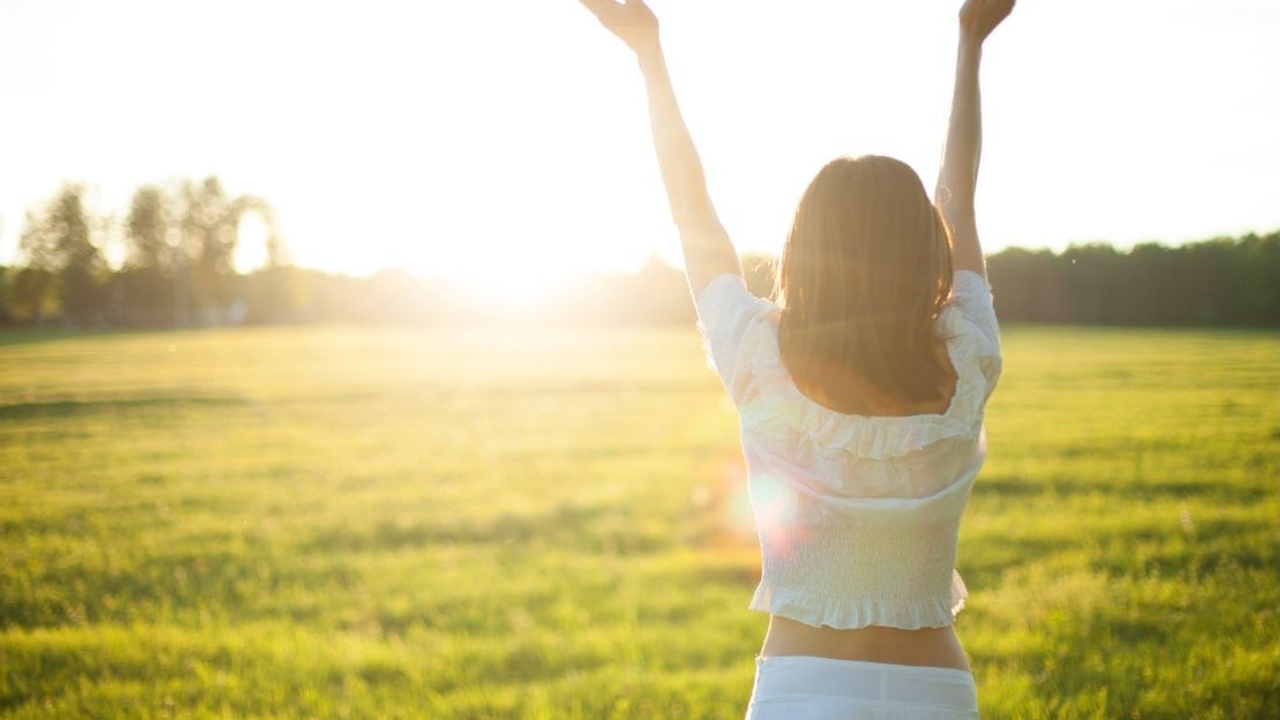Seasonal Affective Disorder

A few weeks ago, my niche neighbor, Lactation Consultant Amy Tanzillo of Thrive Breastfeeding, asked me if Seasonal Affective Disorder (SAD) is really a thing.
Amy said, “It's getting dark so early. I have a hard time staying warm even INSIDE my home and I swear I can hear my couch and blanket asking me to come sit down.”
“Can you relate?” she asked in her recent newsletter.
YES! So many of us can relate to feeling less motivated and more inclined to go into hibernation mode as the seasons change and we head into winter.
Seasonal Affective Disorder is a thing and feelings of depression can have a seasonal onset pattern, triggered by lack of natural sunlight.
The best explanation for it that I’ve encountered is in The Depression Cure, where author Dr. Ilardi explains how bright light has an antidepressant effect because it stimulates the brain’s production of serotonin—a neurotransmitter that affects mood and calms the brain’s depressive stress response (i.e. the same neurotransmitter that most antidepressant medications aim to increase).
He explains how our eyes are designed for outdoor life, dating back to our hunter-and-gatherer, cave-people roots.
Today, many of us spend most of our time indoors and we are light-deficient, especially between the months of November through March where, in many parts of the country, it’s cold, and we spend even less time outdoors.
During the winter months, our eyes’ light receptors simply aren’t getting enough stimulation, which has a major impact on brain chemistry.
I can’t help but think of all the postpartum mamas I work with. So many describe feeling cooped up at home during the infant stage. A walk around the block for some fresh air can do wonders. But is it worth it if you have to first bundle up yourself and baby and brave the cold?
It is if you feel prone to depression or experience mood shifts in the winter months!
Want to get ahead of or cope with Seasonal Affective Disorder?
Here are some tips to alleviate symptoms of SAD:
- Try to get approximately 15-30 minutes of bright, natural light exposure each morning. (I’m currently writing this on my front porch, wrapped up in a warm blanket with a hot cup of tea.) Natural sunlight (unfiltered through a window or sunglasses) is important , as the natural light of a sunny day is over one hundred times brighter than typical indoor lighting.
- If being outside in chilly weather is unappealing, consider investing in a light box and using it 10-15 minutes a day.
- Also, consider taking Vitamin D supplements (Talk to your doctor first, especially if you are pregnant or breastfeeding). Most adults are found to be deficient in Vitamin D, and Vitamin D deficiency (also due to lack of sunlight) has been found to contribute to depression.
If you need more help coping with depression and mood shifts, get in touch!

